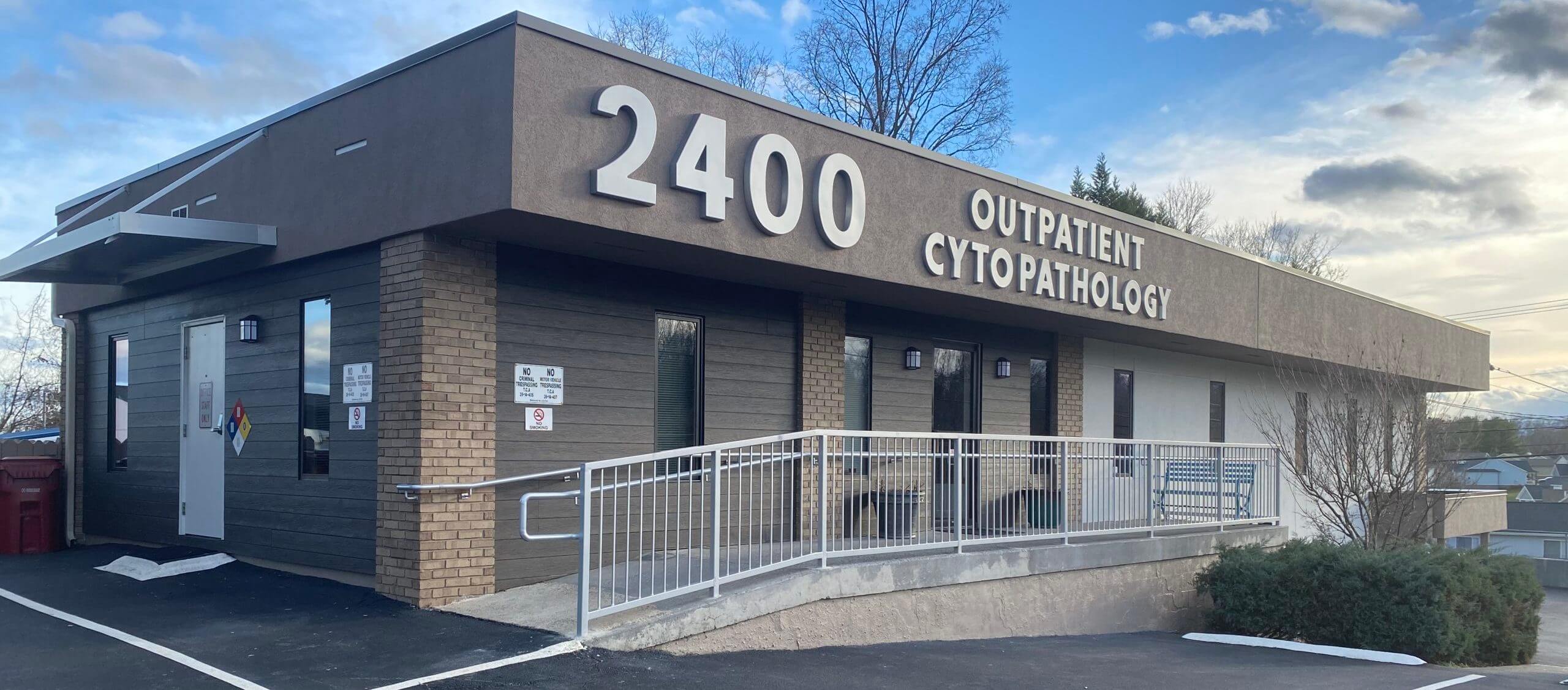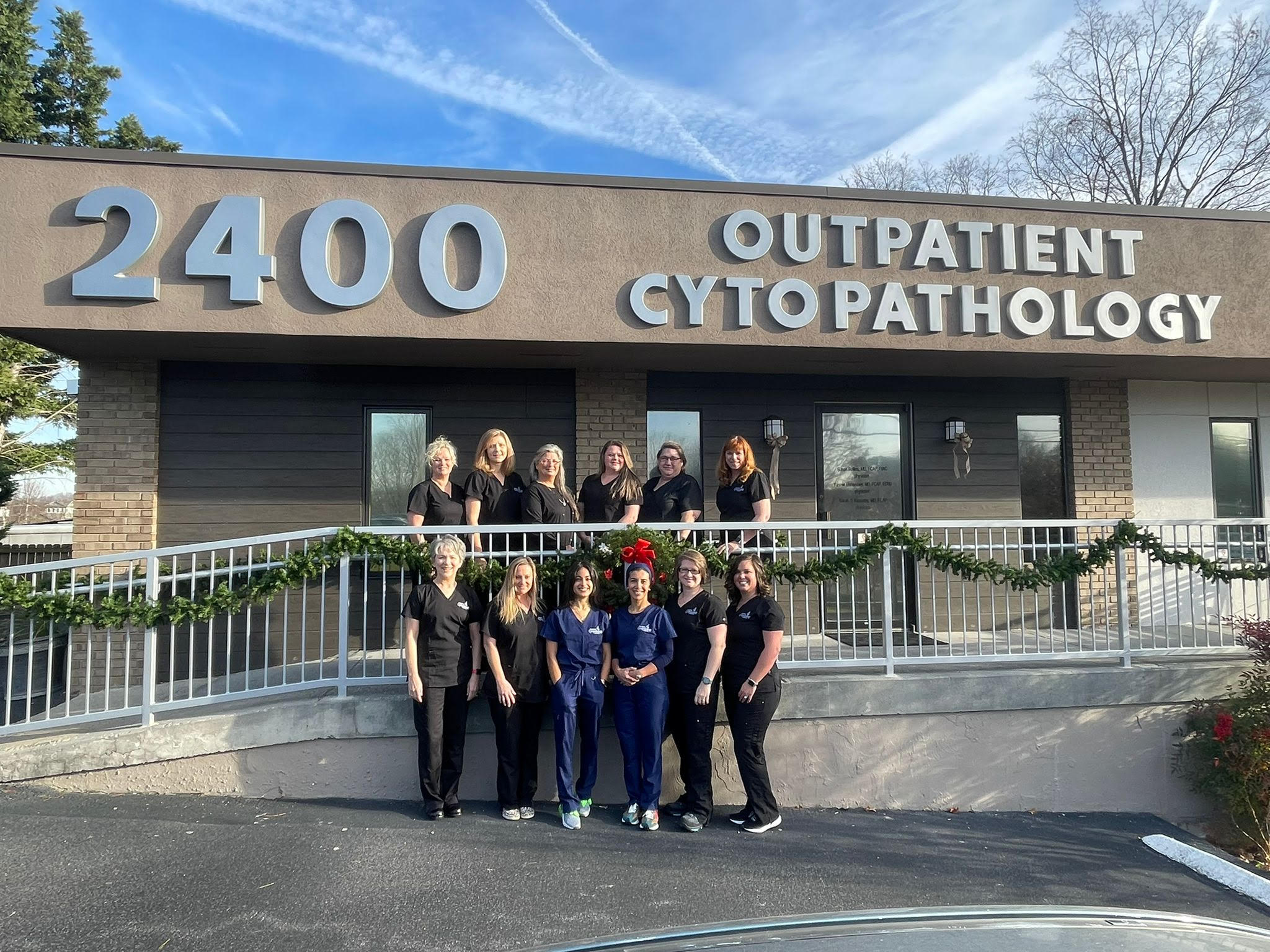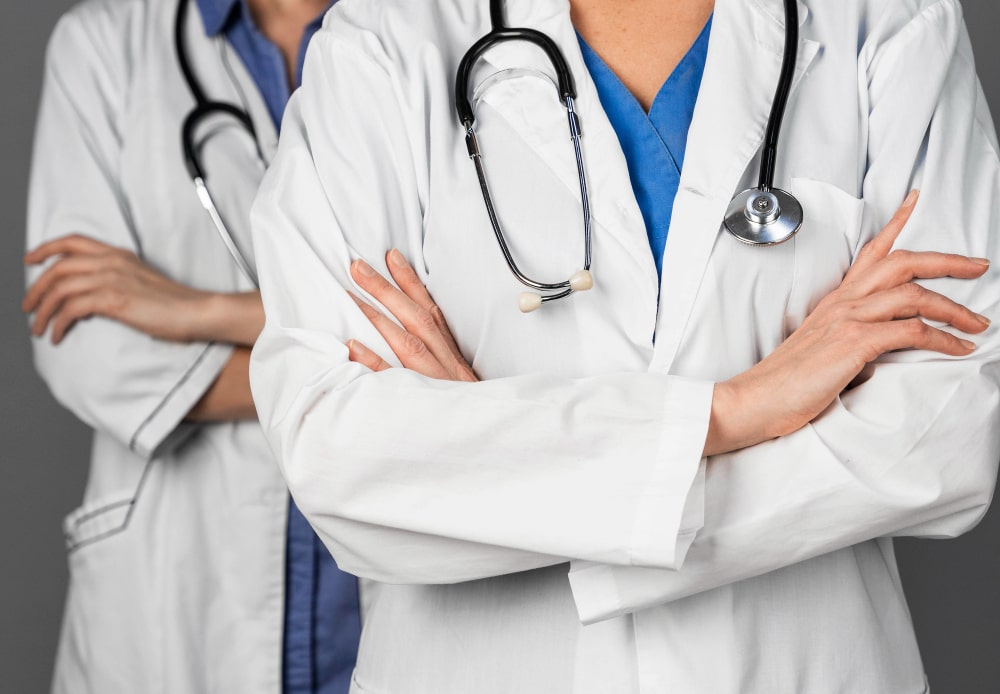
- Why might you need an FNA?
- What can you expect when you arrive for your biopsy?
- How will you feel following your biopsy?
- What are the advantages of aspiration biopsy?
- How are the results reported?
WHY MIGHT YOU NEED AN FNA?
If you or your doctor discover a lump, it is important to determine whether or not it is a tumor—either benign or malignant—and gain the information necessary for making a treatment plan.
FNA can be used to obtain tissue samples from the breast, thyroid gland, salivary gland, lymph node, skin, and soft tissues.
WHAT CAN YOU EXPECT WHEN YOU ARRIVE FOR YOUR BIOPSY?
You will be asked questions about the history of your lump. If you bring X-rays or other reports from your doctor, they will be reviewed prior to your aspiration biopsy.
Depending on the location and size of the lump, separate samples may be drawn in order to ensure good representation of the lump. Anesthesia is not necessary, but topical analgesia is available.
HOW WILL YOU FEEL FOLLOWING YOUR BIOPSY?
Most people experience no more discomfort than when they have a routine blood test. Following the procedure, you can continue your regular activities the same day.
When FNA is performed by an experienced physician, complications are very rare.
Occasionally, patients report bruising or tenderness over the biopsy area, but this is usually mild and resolves quickly.
WHAT ARE THE ADVANTAGES OF ASPIRATION BIOPSY?A diagnosis can be established for approximately 90-95% of patients. Although results may prove inconclusive in the other 5-10%, some potentially useful information about the lump will be available to your doctor. Rarely, repeat aspiration may be needed if the lump is not adequately sampled due to its size or location. |
HOW ARE THE RESULTS REPORTED?
The tissue will be examined under the microscope, and you and your physician will be notified of the preliminary results the same day.


